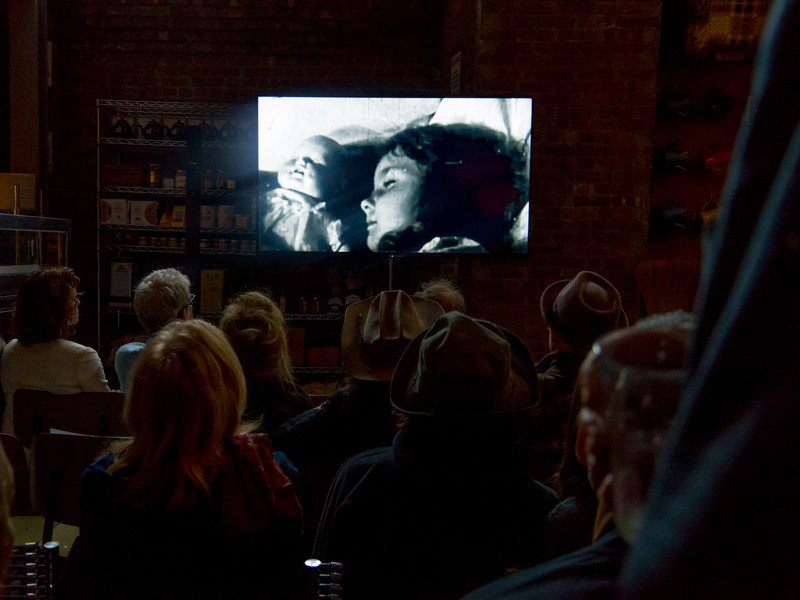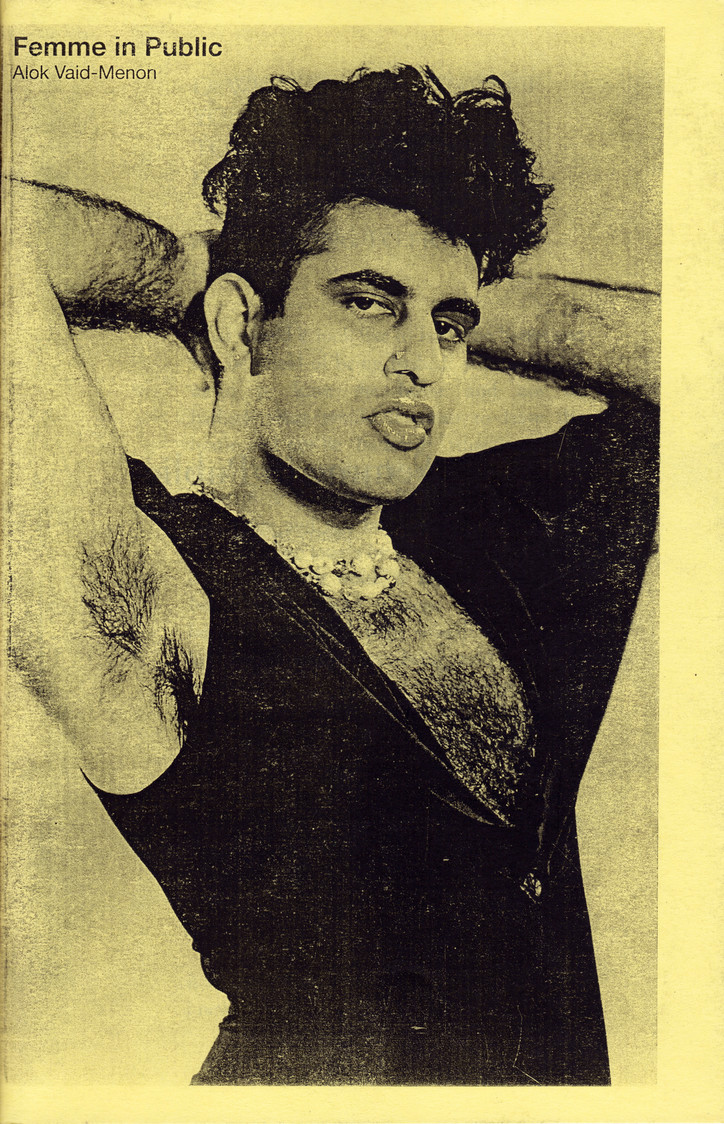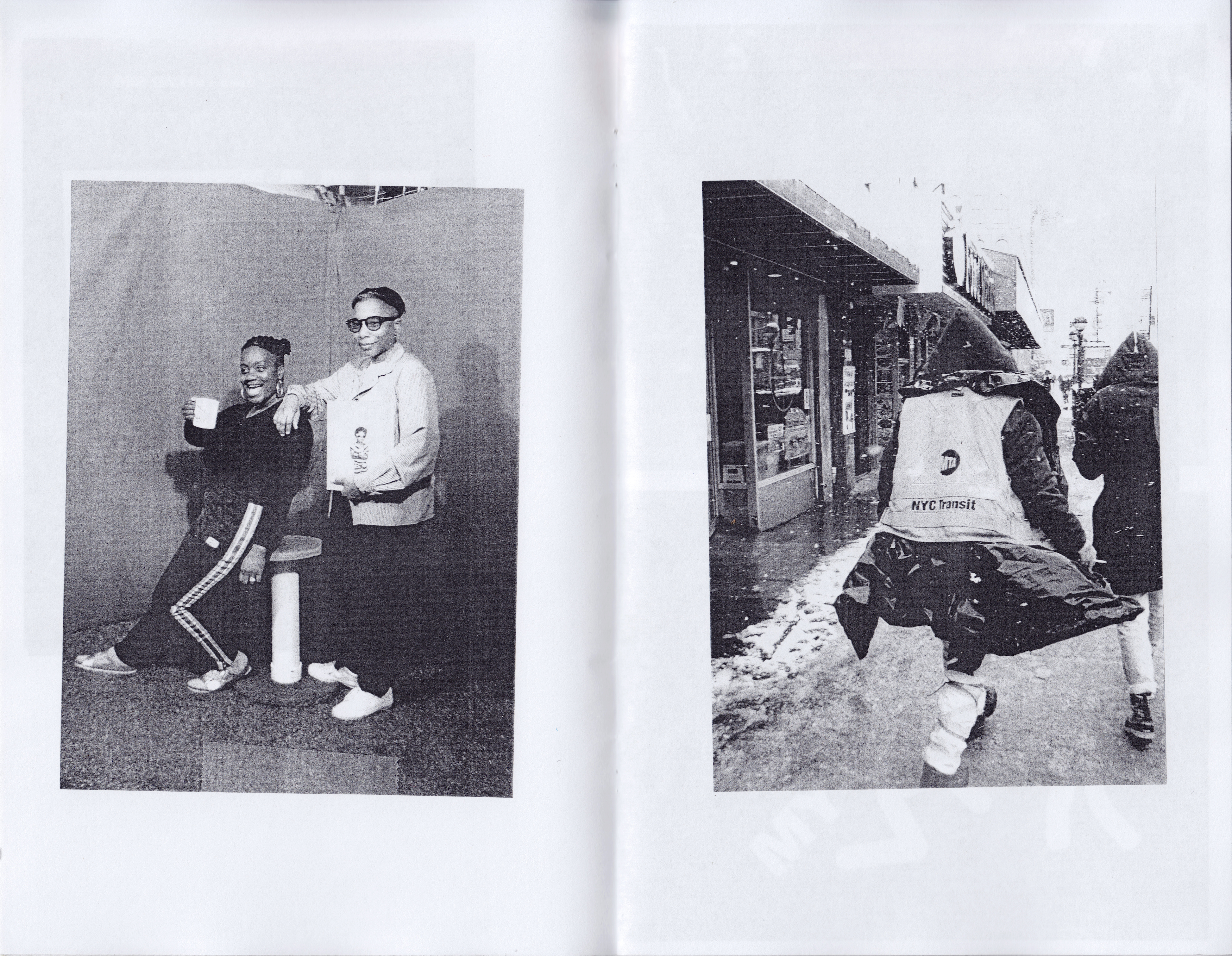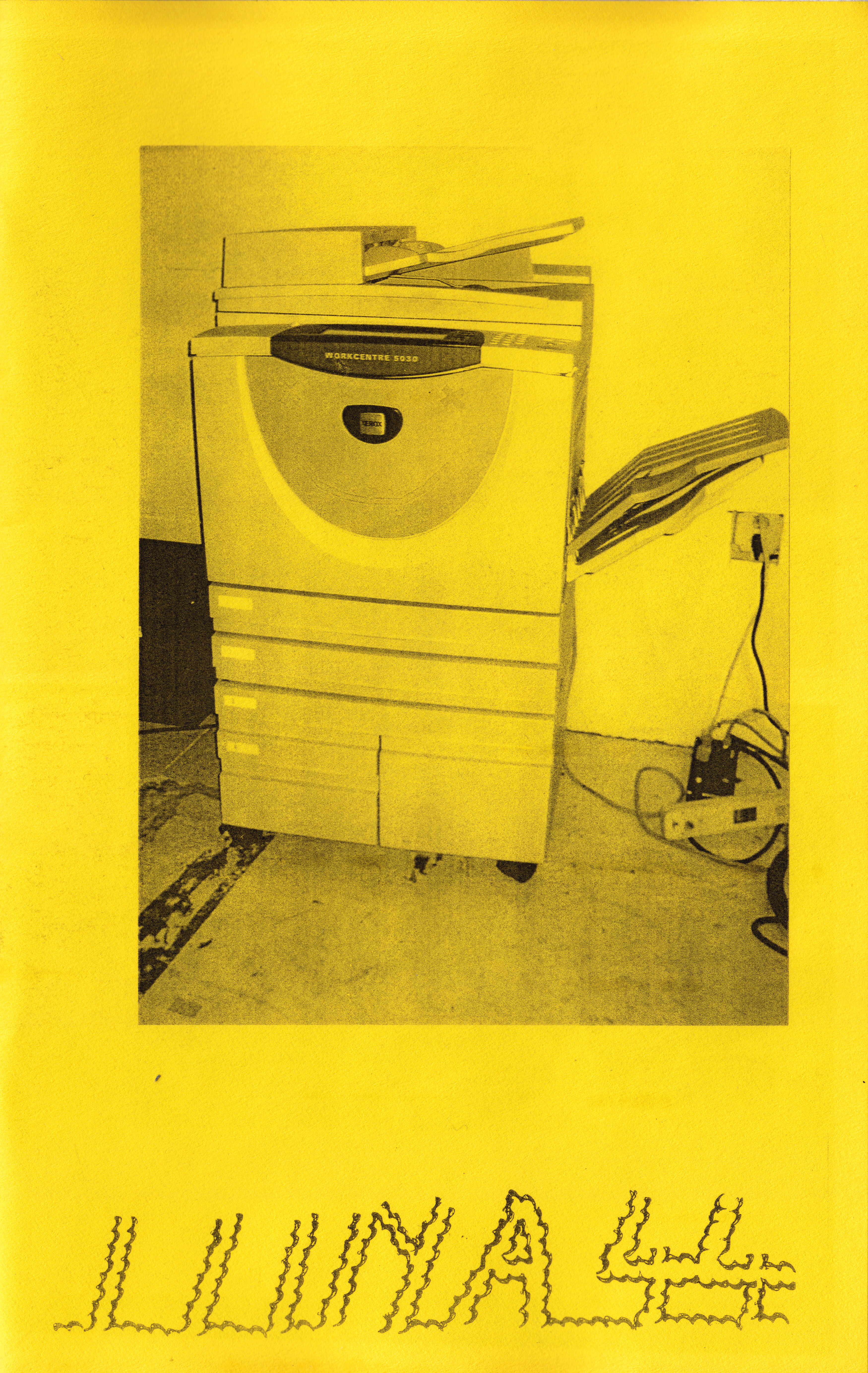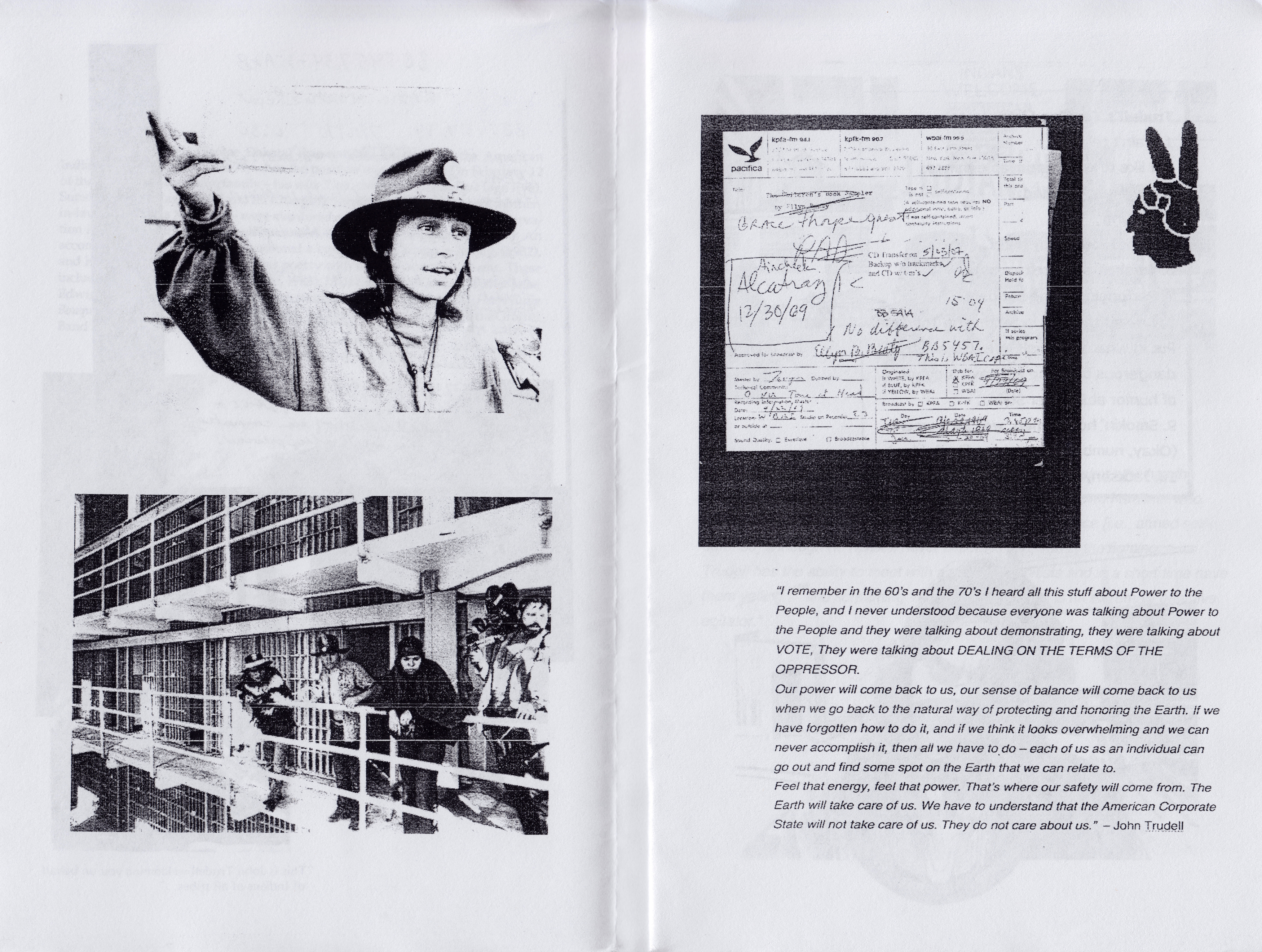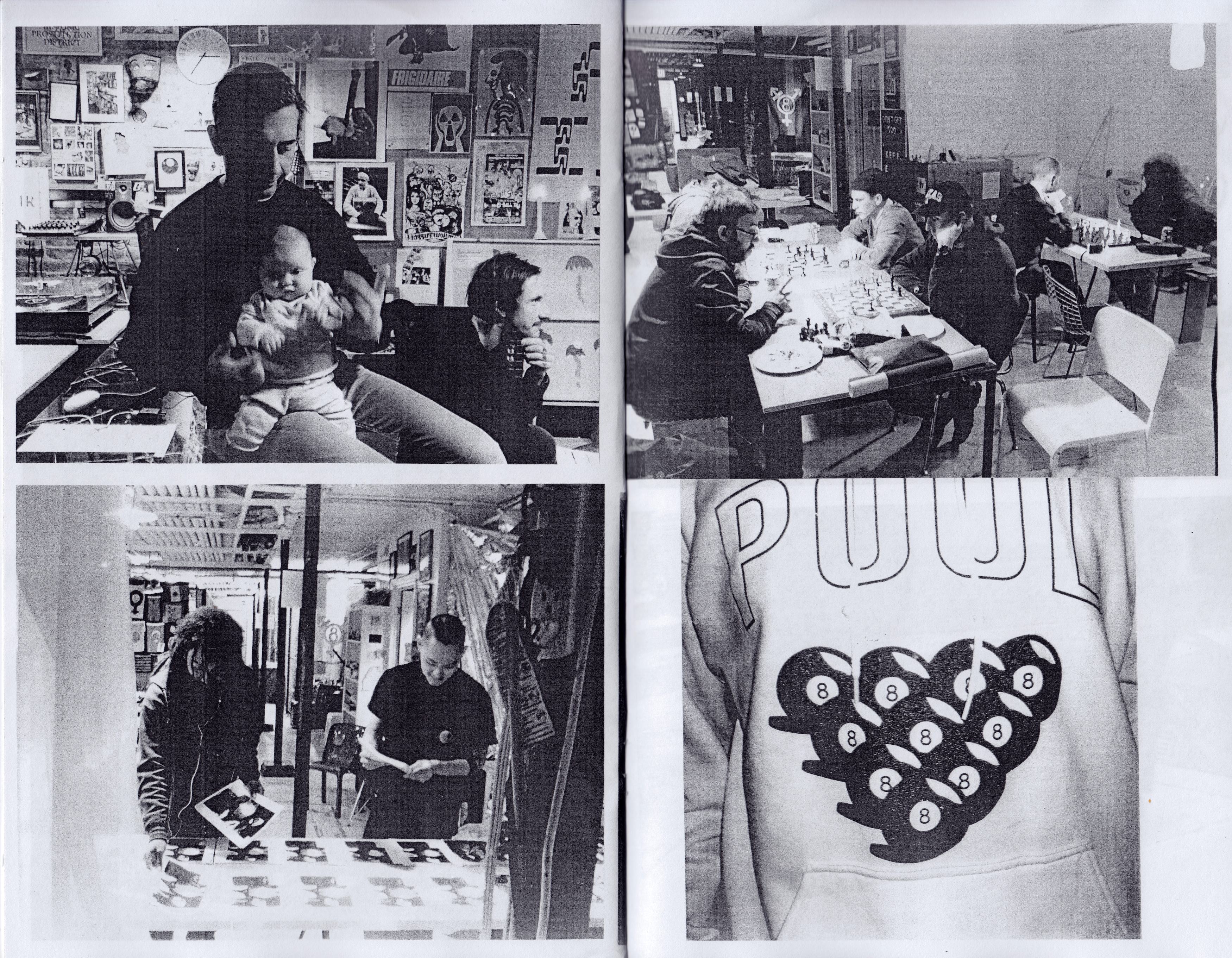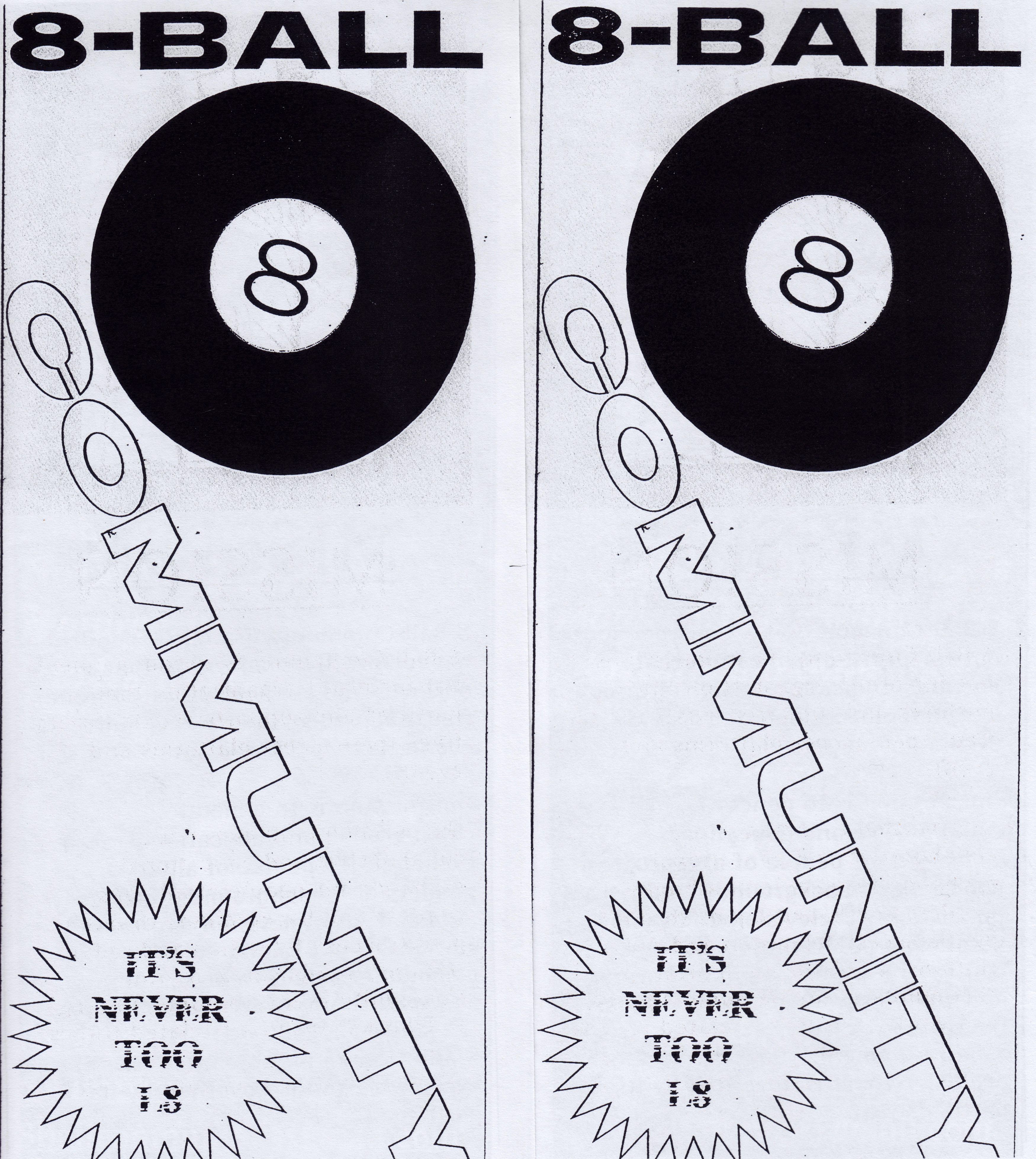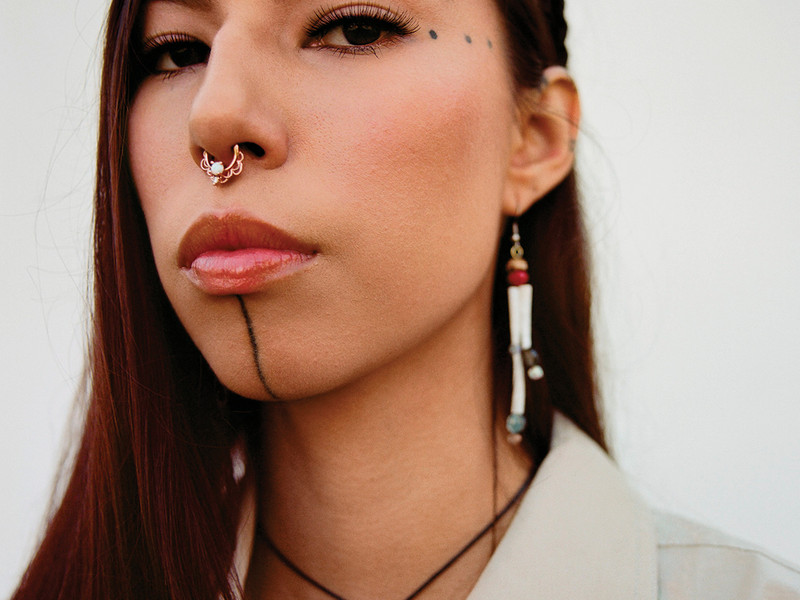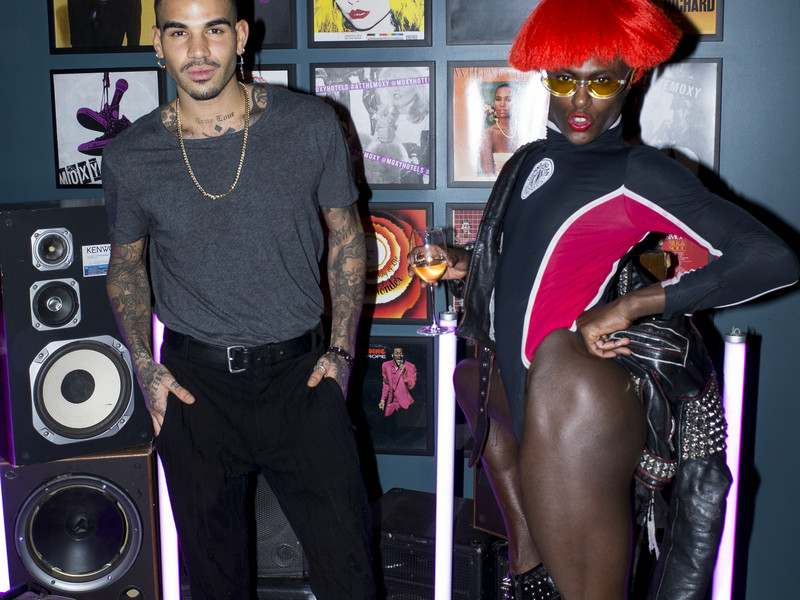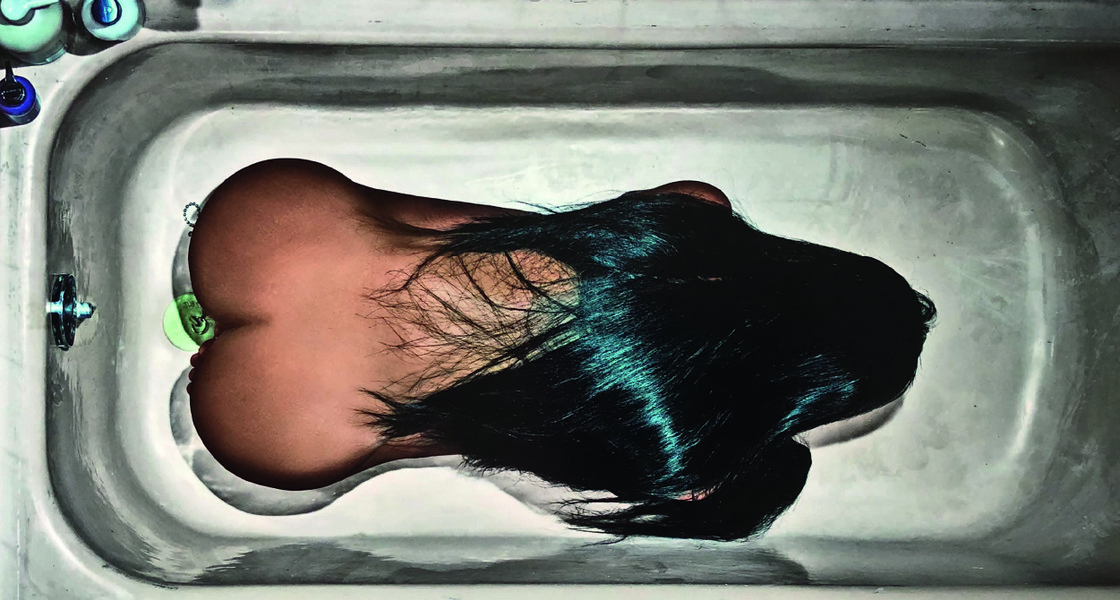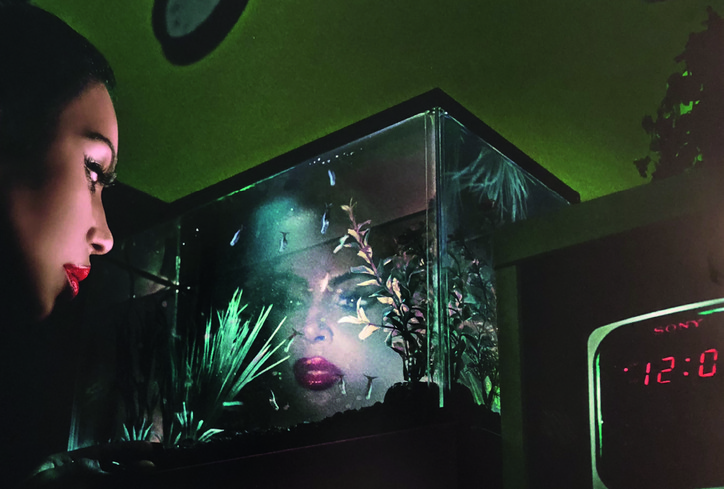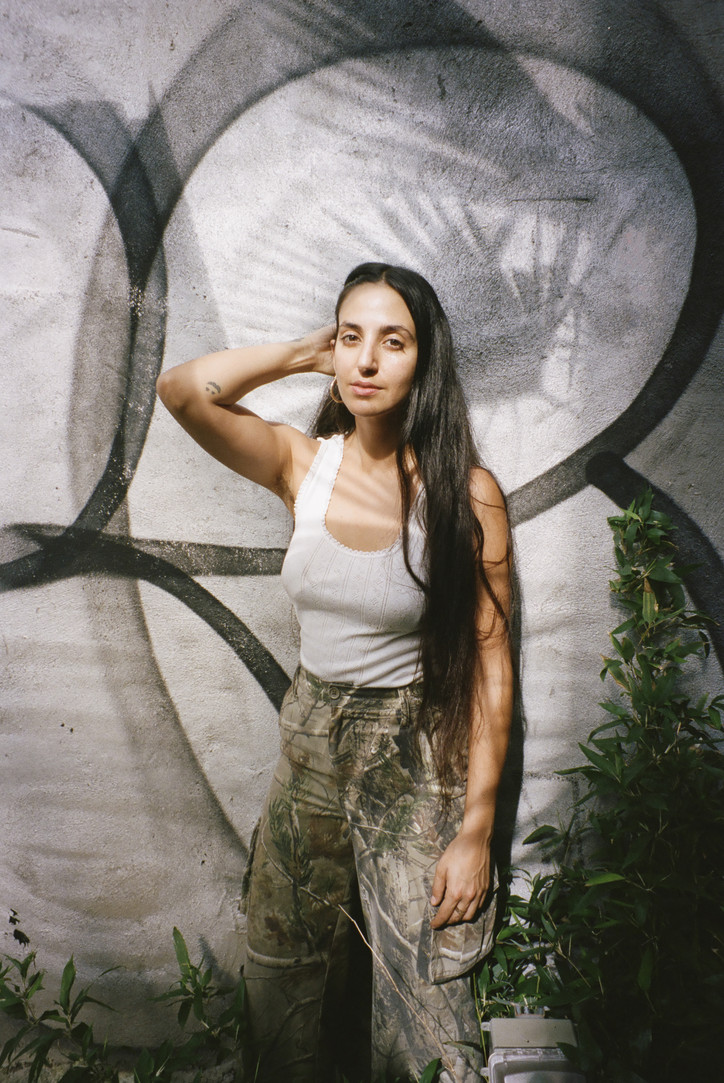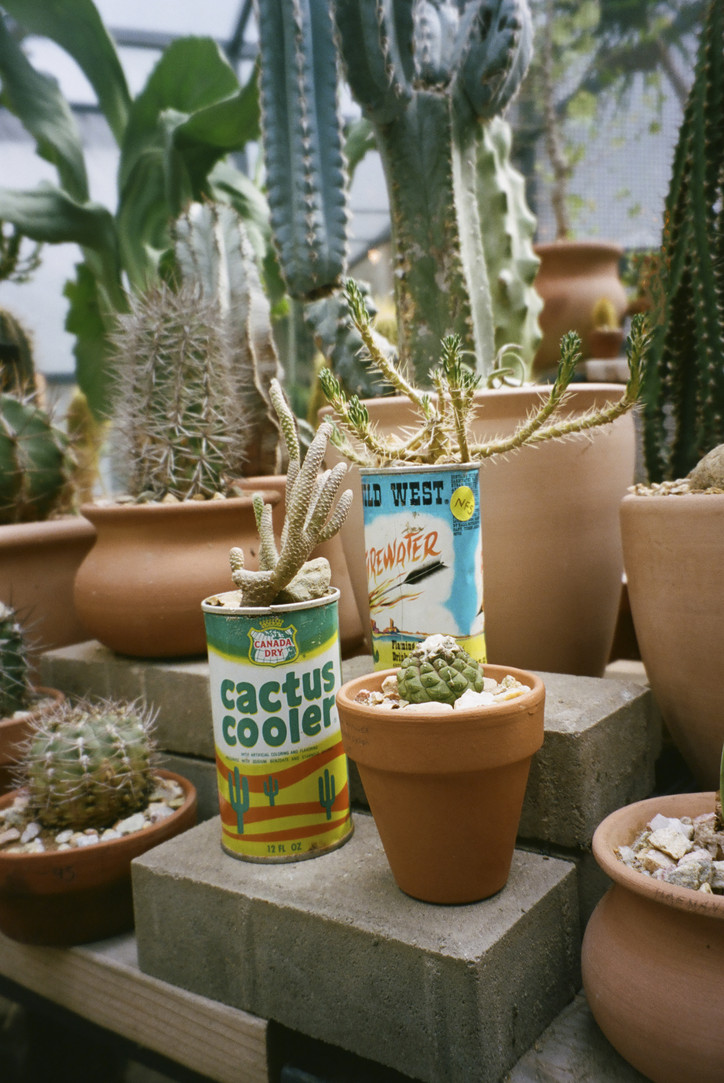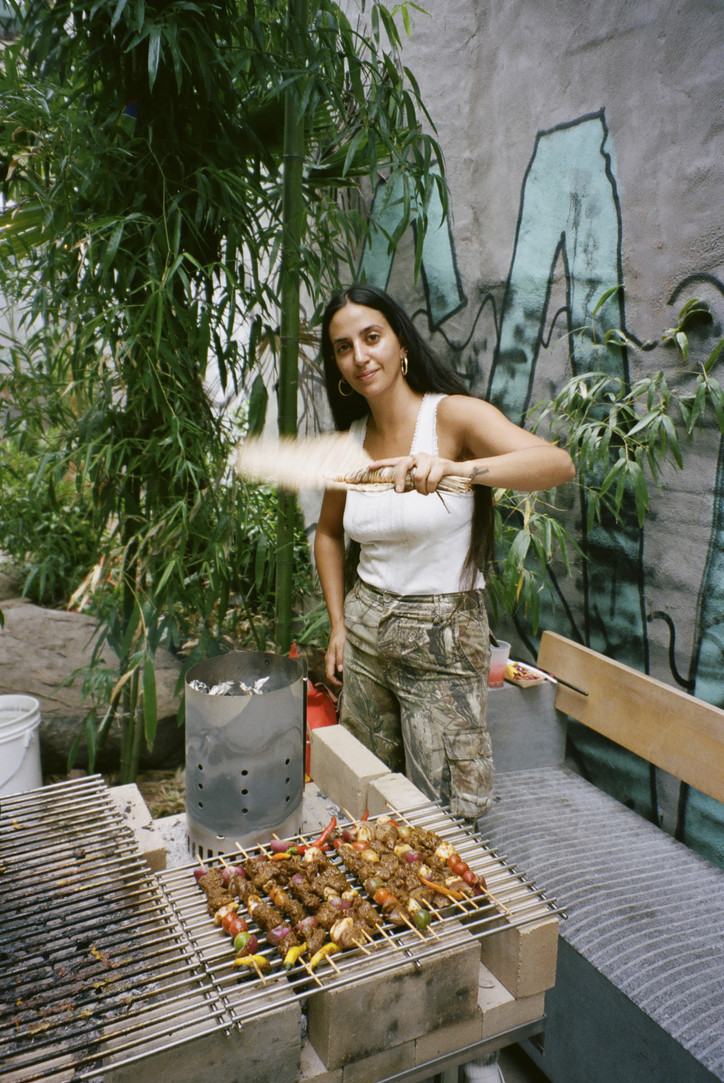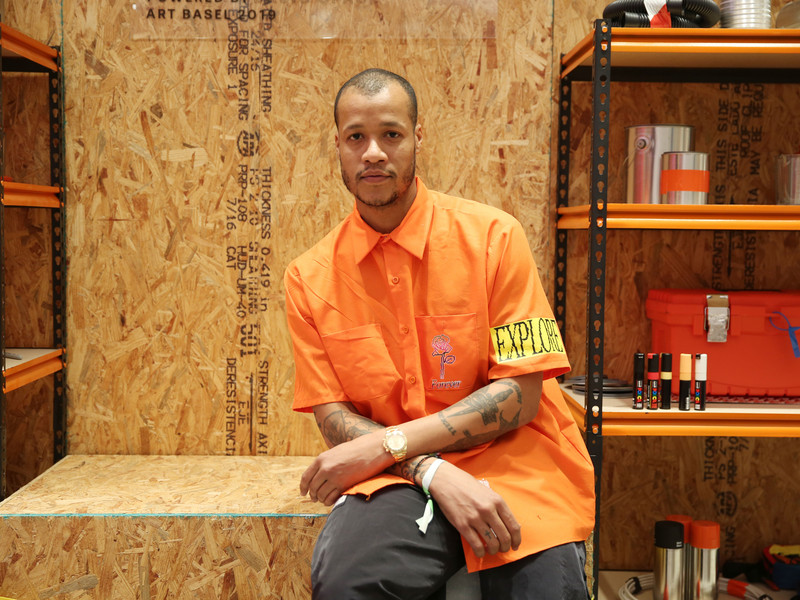office caught up with Ahmad at her latest event to talk about authenticity, the NYC food community and food as a cultural tool.
So, how did this series come about?
I’m friends with Max Martin, one of the Cactus Store’s co-owners. We were talking, and he brought up the possibility of doing an event in their front space, which is this beautiful bamboo garden that leads to the store. They’d been wanting to do more food-related things, but there was really no infrastructure in place to support that—they needed someone to run it. So, I proposed a plan to organize these free food events that were geared towards inclusivity, and the team behind the space was very supportive of that. They ended up giving me total freedom to curate this series, and it’s been great. Everyone involved with the space has been really supportive.
Is there an overarching concept or theme driving the project?
I wanted to work with people who make great food, but also use it as a means of communicating larger ideas. Each of these chefs uses their work to highlight a particular region, connecting with their personal histories while exposing their culture to outside communities. So, with the series at Cactus Store, it’s really been about using the space as a platform, a new setting for these people to do their work. A lot of times, when chefs do their own pop-ups, there are so many burdens—paying for ingredients, finding a space, accommodating a group of people, and the million other stresses that come with putting together an event—with little financial return. So, we wanted to create a space where everyone had carte blanche to do whatever they wanted, without having to worry about all those pressures that can inhibit creativity.
At the same time, we wanted to extend that same openness to the people attending the events. This project is meant to be as accessible as possible; we wanted it so that people in the local community, who live there and may just be walking by, could stop in and enjoy the free food in this really nice setting. It’s definitely not some stuffy, “proper” food thing, where people have to pay for tickets or RSVP—we’ve actually been publicizing it mainly on community boards, operating more on a local level, waving curious passersby into the space.
How did you go about choosing which chefs to invite? Were they all people you’d worked with or knew personally?
Yes, for the most part. They’re all New York-based people from within my communities—not only in terms of food, but also activism—who work in similar ways as I do, using their cultural heritage as a foundation. But where a lot of the events I’ve done in the past have appealed to a sort of “downtown scene,” these are people who might not necessarily go to more scene-driven food events in the city—they might be working more locally in the other parts of New York. So, I wanted this project to serve as a kind of bridge, linking these different communities.
Originally, when we were talking about this project, the idea of immigrant food kept coming up, and how New York is this hub of immigrants who are able to assimilate while still keeping in touch with their original cultures, often by preparing traditional foods. People find ways to maintain that commonality with their heritage, no matter what, and I think all of the chefs involved, including myself, have had this experience, where you’re learning from family recipes, visiting the places they came from and bringing back new ideas or ingredients to work with.
Other series you’ve organized in recent years—the “Asymmetrical Table” series you co-curated with Ora Wise and cooked with Reem Assil, your residency last summer at Dimes—have been multi-course dinners with a stated emphasis on education. Is the same true with these events?
There’s still an element of education, but this is much more casual. It’s a sit-down, hang-out situation—partly because the garden’s not a huge space, but also because we’ve really wanted to encourage a sense of intimacy. Having said that, the format does shift with each event. For the first one, Anya Peters, who cooks Caribbean food under the name Kit an’ Kin, laid things out more in a buffet style. Kit an’ Kin is this very family-driven project—not only is she working with family recipes, but her whole family actually gets involved with the process. So, while she was inside making food, her dad was out front grilling.
The second event, which was with Gerardo Gonzalez [previously of Lalito], was completely different. Gerardo is Mexican, his family’s from Jalisco, but he was raised in Southern California, so he wanted to do something more along the lines of Mexican street food, swap-meet-style. So, at his dinner, he was just standing there, dishing the food out and talking to people. He also got Jezenia Romero of Bunny Jr. Tapes involved, making a mixtape with all of this great classic Chicano swap meet music. So, for each chef, it’s really just about creating a vibe, an energy, that connects to their personal experience but is still fun and inclusive for everyone else. It’s a little more open and loose than your typical pop-up.

